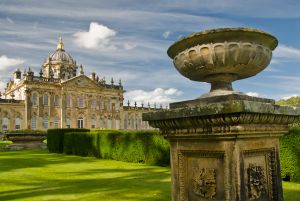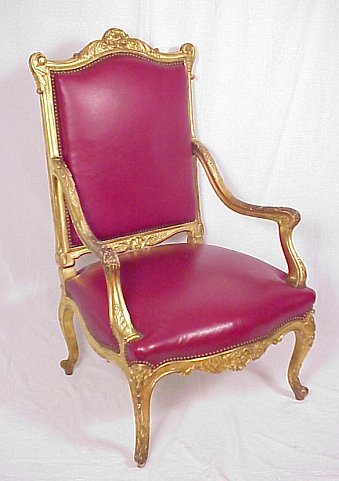This theatrical sculptural expression of grandeur and luxury was expressed in architecture, paintings, the decorative arts and also in music - and became known as the Baroque style. Rulers and artists came from all over Europe to admire the city and its works of art and handmade furniture, then returned to their own countries where they created their own interpretations of the new, anti-Classic style.
Spain, Portugal and Germany were strongly influenced by the Baroque style, but in northern countries, such as the Low Countries and England, the style was quieter and more restrained.

Expansion Of Trade
At the beginning of the 17th century, profitable trading companies were established by the Dutch and also the British, opening up new markets in the Far East and creating colonies. European rulers sought exotic foreign treasures, now antique furniture, to display in their palaces, and the resulting increase in trade led to the establishment of a wealthy and powerful merchant class, which lavished vast sums of money on substantial residences to ensure that they were in keeping with the latest fashions.
Inspired by the influx of exotic materials, craftsmen created flamboyant new designs, mainly for the courts of Europe.

The Sovereign State
During the first part of the 17th century - Europe was divided by the bloodshed and by the middle of the century many countries had gained independence from their former rulers.
The treaty of Westphalia in 1648 brought an end to the long war between Spain and the Low Countries and ended the German phase of the Thirty years' War.
The Dutch republic was officially recognized, as was the Swiss Confederation, and around 350 German princes were granted sovereignty. The Holy Roman Emperor was left with diminished power.
This recognition of absolute sovereignty for territories changed the balance of power in Europe. As countries gained independence, rulers and artists worked to forge their own national identities.

Absolute Power
Louis XIV personified the concept of absolute power - when he became the King of France in 1661, he moved his court to the palace of Versailles and embarked on an ambitious plan to glorify France and his monarchy through art and design.
He ruled as an absolute monarch, and the grandeur of his monarchy inspired other European rulers. Versailles came to symbolize Louis XIV's authority in matters of art - and France became the principal producer of luxury fitted furniture and other objects.
In 1685 Louis XIV revoked the Edict of Nantes, which had granted tolerance to Protestants in France. As a result, many skilled artists and craftsmen fled the country for the protection of the Low Countries - Germany, England and eventually North America.
French trained artisans thus worked for monarchs in other countries, ensuring the dissemination of elaborate French design throughout Europe by the end of the century.
No comments:
Post a Comment